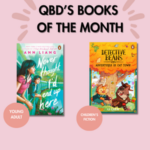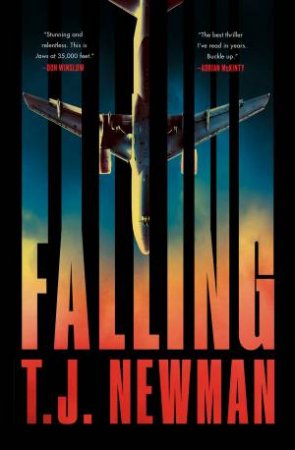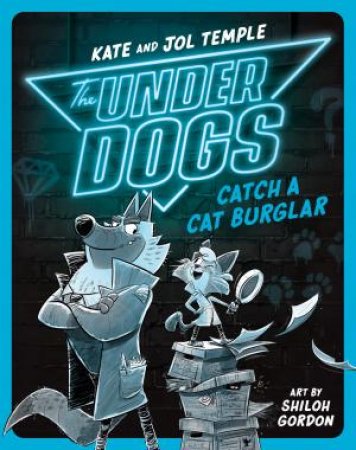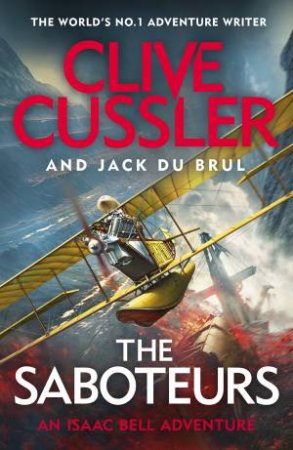
Travis John Klune is a New York Times bestselling author of fantasy and romantic fiction featuring LGBTQ+ characters. Being queer himself, Klune has spoken about how his asexuality influences his writing and believes it’s important—now more than ever—to have accurate, positive queer representation in stories.
His newest book “Wolfsong” – the first book in the Green Creek series – was released late last month.
ABOUT THE STORY:
Ox was twelve when his daddy taught him a very valuable lesson. He said that Ox wasn’t worth anything and people would never understand him. Then he left. Ox was sixteen when he met the boy on the road, the boy who talked and talked and talked. Ox found out later the boy hadn’t spoken in almost two years before that day, and that the boy belonged to a family who had moved into the house at the end of the lane. Ox was seventeen when he found out the boy’s secret, and it painted the world around him in colours of red and orange and violet. Ox was twenty-three when murder came to town and tore a hole in his head and heart. The boy chased after the monster with revenge in his blood-red eyes, leaving Ox behind to pick up the pieces.
It’s been three years since that fateful day – and the boy is back. Except now he’s a man, and Ox can no longer ignore the song that howls between them.
Exclusively for QBD Blog readers, we have a special message from TJ to share – all about how “Wolfsong” came to be. Enjoy!
In its initial conception, Wolfsong wasn’t about werewolves. It wasn’t about a pack, or about witches with magical tattoos. There wasn’t anything paranormal about it. It was supposed to be about two boys growing up together, a story meant to cover the ups and downs of youth into adulthood without a single hint of anything supernatural.
And so I wrote, approximately thirty thousand words of exactly that. It was pretty good if I say so myself. But then on one unsuspecting morning, my brain highjacked my entire body with a single thought that—to this day—I have no idea where it came from.
The thought?
Okay, but what if they were werewolves?
Ta daaaaaaa.
*jazz hands*
I know, I know. That’s nothing. It isn’t! It was an errant, intrusive thought that I should’ve dismissed immediately. After all, it was preposterous, and had nothing to do with the story I was trying to tell. And werewolves? What the hell? I was a serious writer, and I did not have time for such ridiculousness.
Except.
Except the idea wouldn’t leave my head, and no matter what I did, I couldn’t stop thinking about it. How would Ox react? What would that look like for someone like him to have his world changed forever with the knowledge that the people at the end of the lane weren’t who (or what) they said they were?
And so I started researching wolves, and wolf pack dynamics. First, the idea of “Alphas” in charge of wolf packs isn’t real. Rudolph Schenkel came up with the idea after studying wolves in captivity in a zoo in 1947. It was further popularized by David Mech in 1970, who wrote a book about the subject after also observing captive wolves in a zoo.
But even Mech has said now that his research was based on faulty information. In the wild, wolves don’t have an “Alpha”—be it male or female. Instead, they live in family units, with the parents (instead of being called “Alpha” they were now referred to as “breeding pair”) typically being the so-called “leaders” of the pack. Mech published additional articles in the late 90s about this after studying wild wolves over thirteen years in Canada.
I did find, however, that one legend of sorts proved to be true: wolves and ravens were sometimes friends. The birds—called “wolf birds” in some cultures—sometimes feed with the packs, and also can play tug of war with sticks and tugged on the tails of wolves to get their attention. It’s suspected that individual ravens form bonds with specific wolves in a pack.
There was so much more too it, but this was my jumping off point. Picking and choosing what “real” wolves acted like along with how I needed them to act to fit with the story was a delight. While I do use terms like “Alpha” and “Beta” and “Omega” (not that kind, you nerds), they are meant to show a hierarchy that doesn’t necessarily exist in the wild. However, these are werewolves, so I figure readers can’t get too upset if something doesn’t quite ring true.
And in the end, the story turned into something much grander than even I could have suspected in the early days. While it features werewolves (who are arguably terrible at strategizing) at its heart, Wolfsong is a story about family, and the lengths we go in order to protect those we love. It’s about love and sacrifice, fighting for what’s right in the face of insurmountable odds.
Welcome to Green Creek.
This isn’t going to go like you think.
To order “Wolfsong” by TJ Klune, you can visit your local QBD Books store or our website here:



























